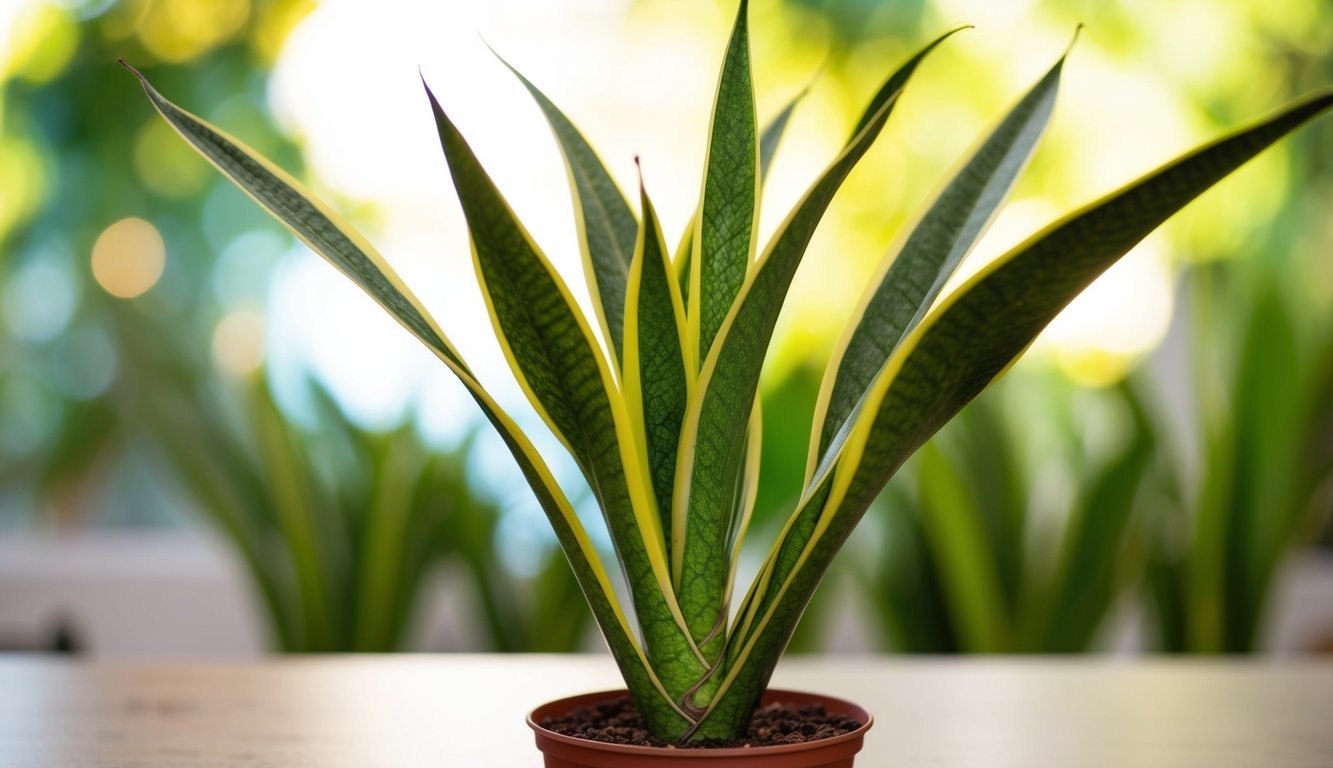
Understanding Your Snake Plant’s Needs
Often affectionately called mother-in-law’s tongue, the snake plant, or Dracaena trifasciata (previously known as Sansevieria trifasciata), is a hardy perennial known for its robust and upright leaves, which frequently feature beautiful variegation.
This hardy plant hails from the Asparagaceae family and is native to the tropical regions of western and southern Africa.
While it flourishes outdoors in USDA Hardiness Zones 10 to 12, it has gained immense popularity as an indoor plant, thanks to its impressive low-maintenance nature.
In this guide, we’ll tackle a common challenge faced by snake plant enthusiasts—leaves that droop.
WHY YOUR SNAKE PLANT MIGHT BE DROOPING
- Too Much or Not Enough Nutrients
- Lack of Adequate Sunlight
- Mismanaged Watering
- Improper Pot Size
- Pests or Diseases
For indoor snake plants, it’s best to choose a location where they can bask in bright, indirect sunlight.
When selecting a pot, pick one that’s two to three inches wider than the root mass, ensuring it has at least one drainage hole.
The soil should be nutrient-rich yet lightweight, able to hold some moisture without becoming waterlogged.
As these plants are drought-resistant, it’s essential to water them only when the soil has completely dried out.
A DEEP DIVE INTO DROOPING CAUSES
Several factors can contribute to drooping leaves in snake plants:
NUTRIENT ISSUES: DEPLETION OR OVERUSE
Even though snake plants are adaptable, the nutrients in their potting mix can deplete over time.
This gradual reduction can result in drooping leaves.
Regular feeding is helpful, but tread carefully; over-fertilizing can damage the roots and worsen the problem.
SUNLIGHT STRUGGLES
Ample sunlight is crucial for the snake plant’s photosynthesis process.
If your plant isn’t receiving enough light, its leaves may lose their vibrant color and become limp.
Conversely, too much direct sunlight can lead to crispy leaf edges and a browning appearance.
WATERING Woes
Drooping can happen when watering practices go awry.
Both excessive water and insufficient hydration can create issues.
Overwatering is particularly risky, leading to root rot, while a lack of water can leave the plant dry and wilted.
ENSURING LONGTERM HEALTH
A snake plant can thrive with the right care—adequate soil, sufficient light, and proper watering practices are key.
Don’t forget to monitor fertilization and keep an eye out for pests.
Adopting these best practices will help your snake plant maintain its upright, healthy appearance, enhancing the beauty of your indoor environment.
By understanding the needs of your plant, you can ensure it remains a vibrant and resilient addition to your home.
Source: Gardenerspath.com

